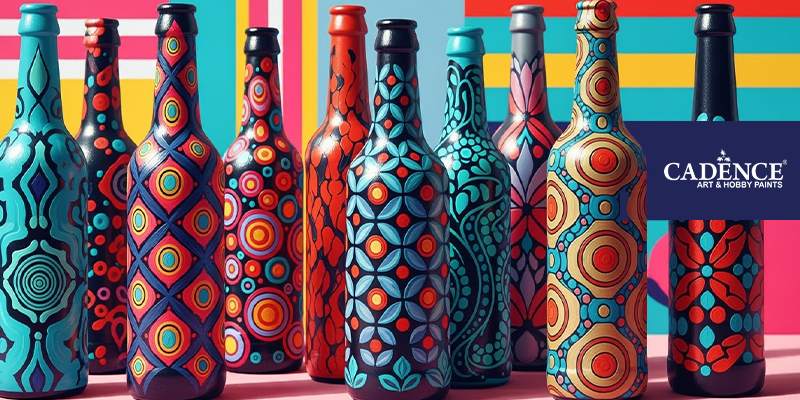Blog
GLASS PAINT APPLICATION TECHNIQUES AND COMMON MISTAKES


Glass paint application techniques are the most important step in decorative glasswork. The correct application of these techniques affects the quality of the result. This product has become quite popular, especially in interior decoration.
The application process requires great care. First, make sure that the glass surface is clean and dry. There should be no dust, dirt or grease on the surface. Cleaning the glass thoroughly ensures that the paint will be smooth and long-lasting. Next comes the choice of paint. Specially manufactured paints should be used for this application.
Before starting the painting process, make sure the glass surface is completely smooth. If there are any cracks or imperfections in the glass, these areas should be sanded and repaired beforehand. When applying paint to the glass surface, use an appropriate brush or roller. Applying the paint in a thin layer prevents excess paint buildup and ensures an even coating.
After the paint has dried, check whether the desired effect has been achieved. If necessary, a second coat of paint can be applied. However, the first coat must be completely dry before applying the second coat. This ensures that the paint layers bond properly.
One of the most common mistakes made when applying glass paint is not cleaning the glass surface thoroughly. When applied to dirty or greasy surfaces, the paint will not adhere properly and may bubble. Another important mistake is not selecting paint specifically designed for glass. Using the wrong paint can cause adhesion problems and lead to poor aesthetic results.
Applying glass paint is easy and efficient with special products such as Style Matt Enamel Matt Glass Porcelain Paint and Contour Glass Paint. Style Matt Enamel is an ideal choice for those who want to achieve a matte finish. During application, the paint should be applied thinly with a brush or roller. The paint dries quickly, so it is important to allow a short waiting time between coats. Contour Glass Paint, on the other hand, is an excellent choice for drawing lines and patterns on glass surfaces. This paint is particularly suitable for those who wish to create elegant designs and lines. Both paints offer durable and aesthetically pleasing results on glass surfaces.